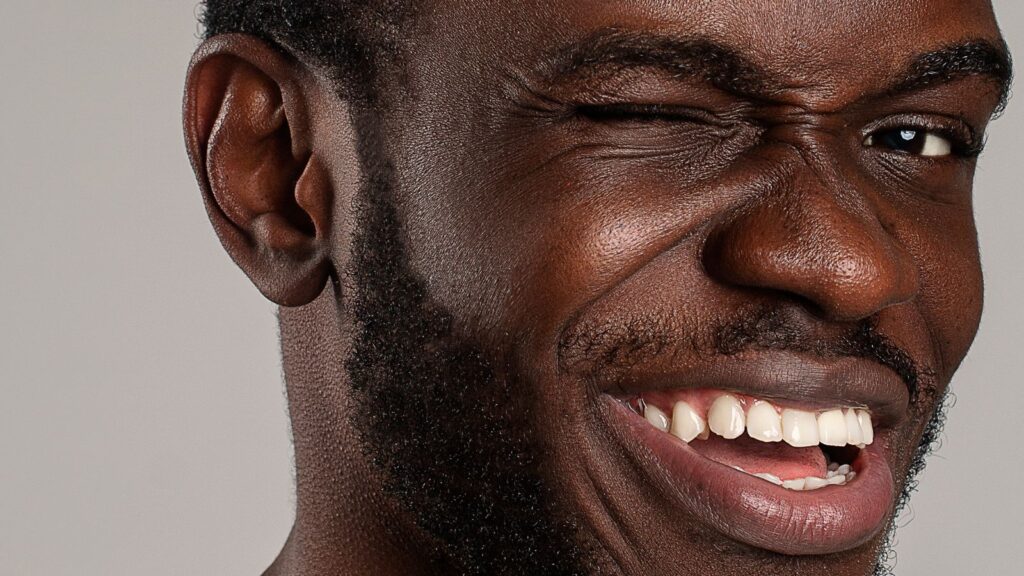When you’re traveling, it’s easy to offend your hosts if you aren’t aware of what is appropriate in their culture. This is especially true with hand gestures. In the West, there are gestures we use without a second thought because we know they won’t offend, but you need to be careful when abroad. What’s acceptable in one culture is highly offensive in another, so here are 18 gestures that are best avoided.
Thumbs Up

In Western countries, giving a thumbs up is a sign of approval or agreement. In countries like Iran, Afghanistan, and parts of Greece, it is seen very differently. This gesture is equivalent to showing the middle finger, and as it’s used so often in the West, it’s easy to get it wrong.
OK Sign

Making a circle with your thumb and index finger usually signifies “OK” in the USA, but in countries like Brazil, Germany, and Russia, this gesture is rude. It will be taken as saying someone’s a ‘zero.’ In some Middle Eastern countries, it’s seen as a threat, and you’re saying to someone, ‘You’ll see.’
Beckoning with One Finger

In the United States, beckoning someone with one finger is a gesture that means come closer. In some Asian countries like Japan, China, and the Philippines, using your finger to call someone is how animals are beckoned, and using it for people is disrespectful.
V Sign

The peace sign or V sign, made with the palm facing outwards, is harmless in many Western countries. If you flip your hand around while doing this in the UK, Australia, or South Africa, it's almost the same as using the middle finger. The gesture's origins are disputed, but there is evidence that its use started during a battle in 13th-century England.
Sole of the Shoe

Showing the sole of your shoe is rude and disrespectful in many Arab, Hindu, and Buddhist countries. The sole is considered the lowest, dirtiest part of the body, so exposing it to someone is highly insulting. It’s something that can be done without thinking if you’re not brought up in certain cultures, so always keep your feet on the ground when you’re sitting.
Handshake

While a handshake is seen as professional and warm in many Western countries, in some Middle Eastern countries, a handshake between opposite sexes isn’t appropriate. You shouldn’t shake another person’s hand with too strong a grip either. In South Asia and some parts of Africa, you should never offer your left hand as it’s offensive.
Pointing

Pointing at someone with your index finger is considered rude in many cultures, including Indonesia, China, and Japan. It’s better to use an open hand or your thumb to indicate something or someone without causing offense.
Crossing Your Fingers

In many Western countries, crossing your fingers is a sign of hoping for good luck. In Vietnam, this gesture is considered vulgar and offensive, especially when directed at another person.
Nose Touching

Touching or tapping your nose has a specific meaning in different countries. In the UK, it’s used as a sign of confidentiality or secrecy, but in Italy, it indicates distrust and warns that someone is untrustworthy.
Head Pat

In some Western countries, patting someone on the head may be seen as a friendly gesture, although this is changing, and it’s more often viewed as condescending. In Thailand, the head is considered sacred and the highest part of the body, so touching someone's head is highly offensive. When traveling anywhere, it’s best to avoid all physical contact with people you aren’t familiar with.
Handshakes with Interlocked Fingers

Giving a handshake with interlocked fingers can be seen as too casual or overly familiar in more formal cultures or settings. A simple, firm handshake is usually the safest bet. It’s best to wait for a hand to be extended to you; otherwise, you can quite easily get it wrong and cause offense and embarrassment.
Eye Contact

Eye contact is a sign of honesty and confidence in Western cultures. In some Asian cultures, too much eye contact is seen as disrespectful. If it's between a younger person and someone older or in a position of authority, then it’s more likely to cause offense. East Asian cultures have a deference to authority and there is sometimes an unseen hierarchy you need to be aware of.
Feet on Furniture

Putting your feet up on furniture is fine to do in your house in your home country, but in the Middle East and Asia, it’s rude. It’s a sign of disrespect to show the soles of your feet, which are considered dirty. It’s also pretty rude to do it in another person’s home anywhere, so keep your feet on the floor.
The “Moutza”

Popular in Greece, the “moutza” gesture involves extending all fingers and presenting the palm outward towards someone. It's one of the most insulting hand gestures in Greek culture and should never be used. It has roots dating back to Byzantine times when it was a punishment that involved rubbing dirt, ash, or excrement on a person's face using the open hand.
Yawning without Covering Mouth

Yawning without covering your mouth might not be a “gesture” per se, but most cultures see it as rude and a sign of boredom or disinterest. Needing to yawn can’t always be helped but if you can stifle it, you have less chance of causing offense.
Winking

In the West, in most cases winking is a playful gesture to show someone is making a joke. In parts of Asia and Africa, it is often considered improper and rude, particularly when done in formal situations.
Throat Slitting Gesture

In the Western context, drawing one's finger across the throat means “death” or “end,” as in threatening to cut someone's throat or dramatically signaling the end of something. While it's understood in a hyperbolic sense in many places, this gesture can be taken as aggressive and threatening in many places. It’s best to avoid it completely because it could land you in a very uncomfortable situation.
The Fig Sign

In Turkey and Russia, the fig sign (a fist with the thumb pushed between the middle and index fingers) is highly offensive. It symbolizes a sexual act and will be taken badly. In Brazil, it means good luck, which shows how easy it can be for hand gestures to get you into trouble if you don’t know what is and isn’t appropriate.
30 Traditional Sayings That Are Now Considered Offensive by Woke Culture

30 Traditional Sayings That Are Now Considered Offensive by Woke Culture
21 Habits Often Associated With Having a Lower Social Status

21 Habits Often Associated With Having a Lower Social Status
25 Social Issues Gen Z are Determined to Cancel

